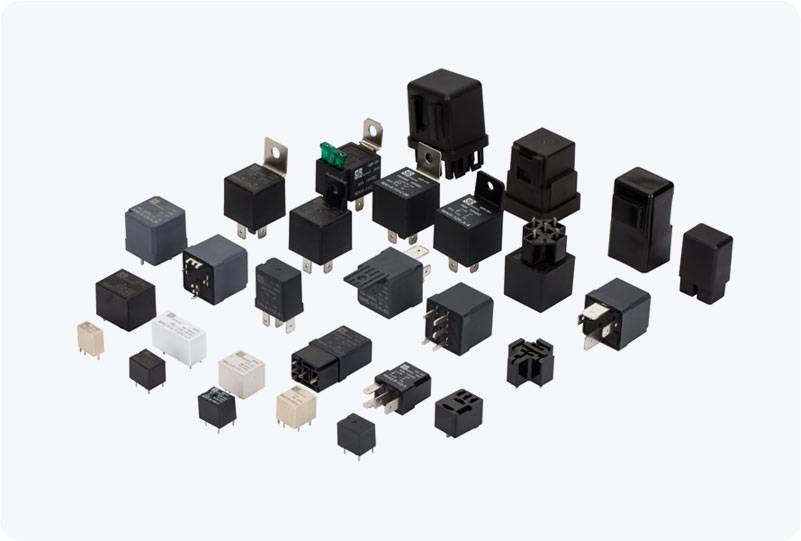understanding time delay relay: functions, applications, and benefits
Release time:2025-07-17 23:57:20
A Time Delay Relay (TDR) is an electrical control device used in various automation systems to delay the switching of an output circuit for a specified period of time after a triggering event. It is a vital component in industrial, commercial, and residential control systems where precise timing is necessary to avoid overloads, ensure system efficiency, or manage sequences of operations. This article delves into the functionalities, working principles, applications, and benefits of time delay relays in everyday systems.

What is a Time Delay Relay?
A Time Delay Relay is a type of relay designed to introduce a delay between the moment it receives an input signal (trigger) and when it activates or deactivates its output. The time delay is adjustable and can range from milliseconds to hours, depending on the specific application. Time delay relays are widely used in situations where an immediate response is not required, or where a delay enhances the overall operation of the system.
How Does a Time Delay Relay Work?
A typical time delay relay consists of an electromagnetic relay along with a timing mechanism, such as a capacitor or resistor. The relay is activated when it receives a trigger signal, such as a voltage change or contact closure. However, instead of immediately switching the output, the time delay relay holds off the action for a predetermined period. This time is adjustable using dials or digital inputs on more advanced models.

